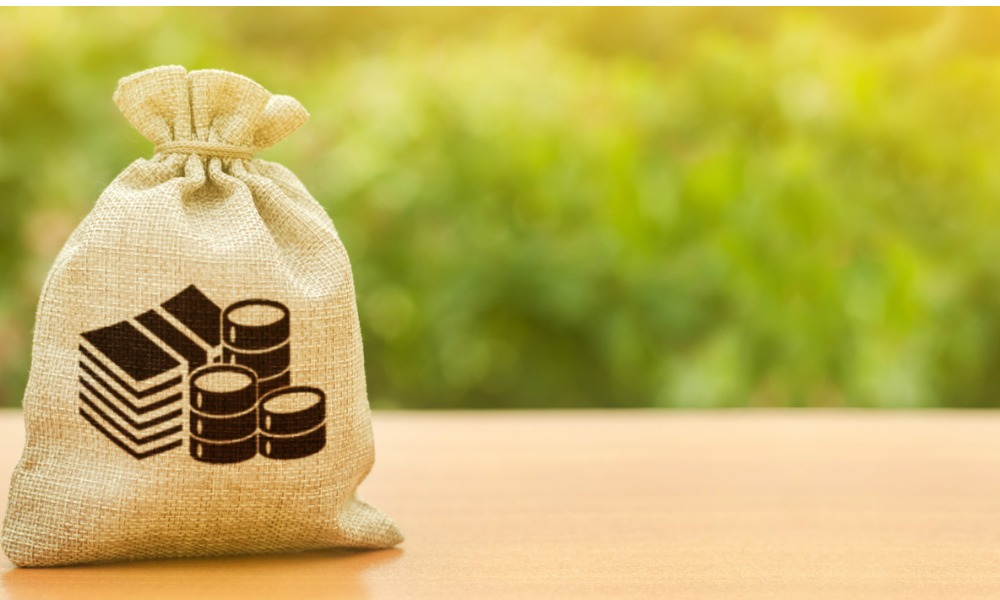It is "bringing back responsible budget management," finance minister says

The high cost-of-living will drive a drop in household consumption, resulting in a sharp downturn in economic growth next year, today’s federal budget will predict.
The budget, the first of for the Albanese Labor government, is set to be delivered today. It will forecast a gross domestic product of 3.25% for the current financial year, with the GDP nearly halving to 1.5% in 2023-24, according to a report by the Australian Financial Review. That’s a full percentage point lower than the Treasury forecast in April when it released its pre-election outlook.
The drop will be driven primarily by weaker household spending as rising interest rates and other cost-of-living pressures strangle family budgets, according to Treasurer Jim Chalmers.
Chalmers said this was one reason the government would reject calls for extra cost-of-living relief, despite revenue more than $100 billion higher than expected, AFR reported. Chalmers said such measures would only worsen the inflationary situation and drive interest rates even higher.
“We don’t expect to follow some of those big economies into recession, but we do have very substantial concerns for the UK, for Europe,” Chalmers said. “Obviously, there are issues in the American economy and China is slowing as well.”
Chalmers said Australia “won’t be completely immune” from these global issues, and the budget will account for their impacts.
“The best defence against these economic headwinds is a responsible budget, with strong investments in our people and the productive capacity of our economy, along with responsible cost-of-living relief that won’t make the job of the Reserve Bank more difficult,” he said.
The budget predicts inflation for 2023-24 will be a higher-than-anticipated 3.5% before falling back to 2.5% – within the RBA’s target band – the following year.
Shadow Treasurer Angus Taylor said Sunday that if inflation were to stay in that band as expected for 2024-25, there was one less excuse to argue against the stage three tax cuts, which are scheduled to begin in July 2024, AFR reported.
“The timing looks to be extremely good,” Taylor said. “If we’ve got inflation coming back to the Reserve Bank’s target range at exactly the time we’re encouraging growth through tax cuts, it couldn’t be better.”
Read next: Will Australia dodge recession?
The budget will also show that the government has slashed $21 billion over four years from former Morrison government programs, AFR reported. The windfall from those cuts will be used to fund Labor’s own spending priorities – including higher childcare subsidies and cheaper prescription drugs – and help cut the deficit.
Finance Minister Katy Gallagher, who has led an audit of the former government’s programs, said $6.5 billion of the Coalition’s planned infrastructure spending has been “reprofiled” to projects that “better align the investment with construction market conditions,” although she gave no details.
In addition, $3.6 billion will be saved from spending cuts on labour hires in the public service, government advertising, travel and legal expenses. Another $2 billion has been cut from government grants programs, including the Building Better Region Fund and the Commuter Carparks Fund, which Labor said were fiascos.
“The former government used taxpayers’ money to cynically buy votes before elections by politicising grant funds and used the budget to land political deals with the Nationals in the Coalition party room,” Gallagher said. “That approach to spending ends in Labor’s first budget. The Albanese government is bringing back responsible budget management into government decision-making. We take the job of budget repair seriously and these savings are the first step towards repairing the budget following a decade of damage done by the Coalition.”



